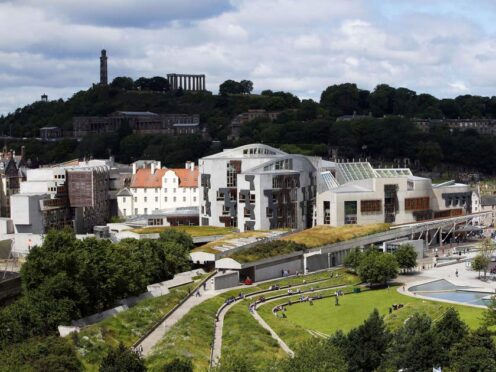Politics in Scotland needs to become less polarised if Holyrood is to meet the challenges of the next 25 years, the veteran who served as the first deputy first minister in the Scottish Parliament has warned.
Lord Wallace was leader of the Scottish Liberal Democrats when the first devolved Holyrood elections took place just over 25 years ago.
But he said that if the Parliament is to meet the challenges of the next quarter of a century – such as climate change and the impact of artificial intelligence – changes are needed.
He spoke out in a special address marking Holyrood’s anniversary at the Scottish Liberal Democrat conference in Hamilton.

He warned that First Minister John Swinney risked dividing Scots on the issue of independence.
When Mr Swinney announced he was standing to succeed Humza Yousaf as both first minister and SNP leader, he did so under the slogan of “uniting Scotland for independence”.
Lord Wallace said: “I don’t doubt John Swinney’s sincerity when he said he wants to unite Scotland for independence but the reality is that he divides Scotland over independence.”
He complained that the “constitutional issue” of Scotland’s place in the UK had “dominated our politics”.
The veteran Liberal Democrat said: “If Scotland is going to meet the challenges of the next 25 years, challenges of climate change, of an increasingly older population, of worker shortages, of the impact and implications of artificial intelligence, to name but a few, Scotland has to become less polarised and address these issues sensibly with rational debate.”
He contrasted the current state of Scottish politics with the first Holyrood elections, saying in 1999 when voters elected the first MSPs it was “after years of fighting general elections where the constitutional issue was never that far away”.
But he said in that first Scottish Parliament election “it was possible at long last to focus on issues such as education, such as transport, such as housing, such as health”.
Lord Wallace said that was because “we saw the Scottish Parliament not as an end in itself but as a means to the end of serving Scotland’s people and communities better, and not least through addressing people’s priorities”.
